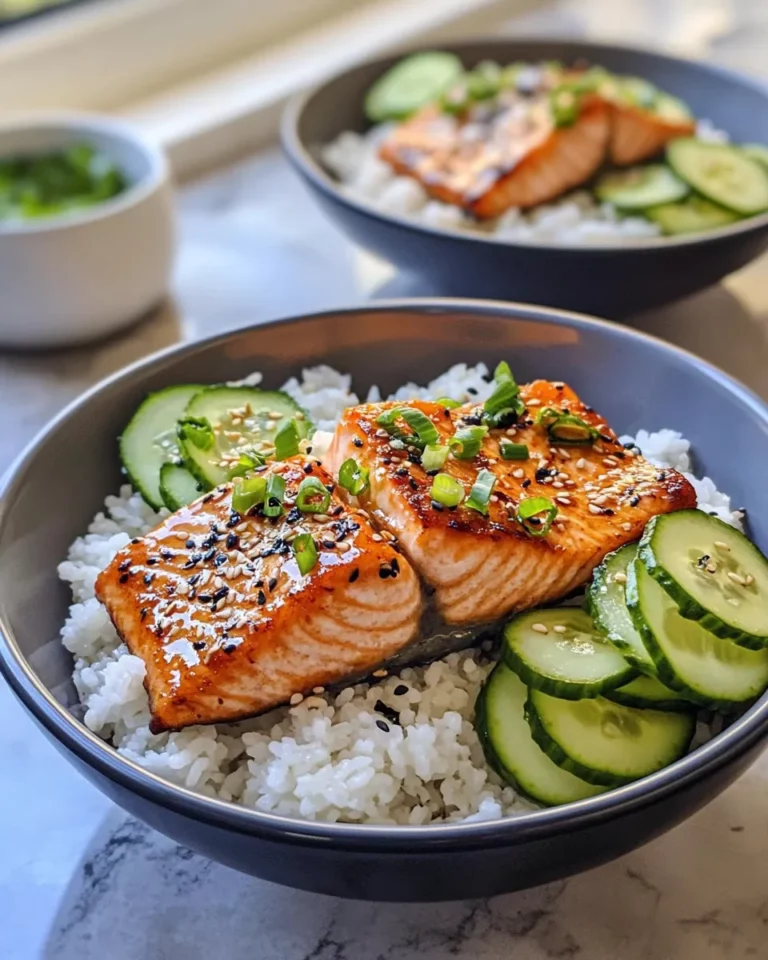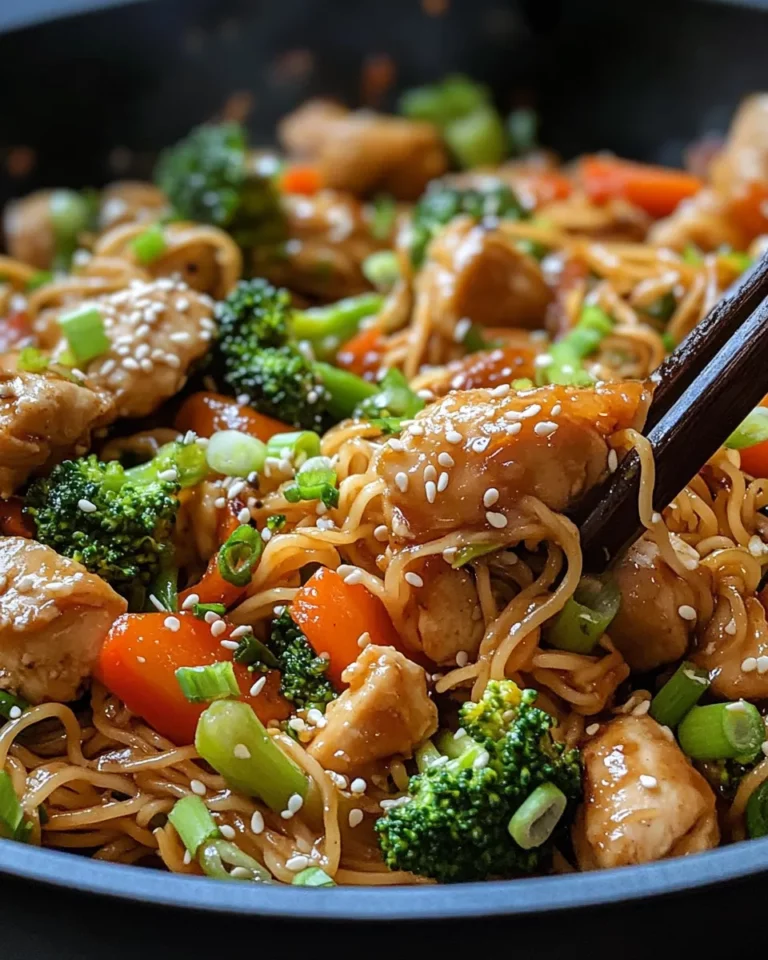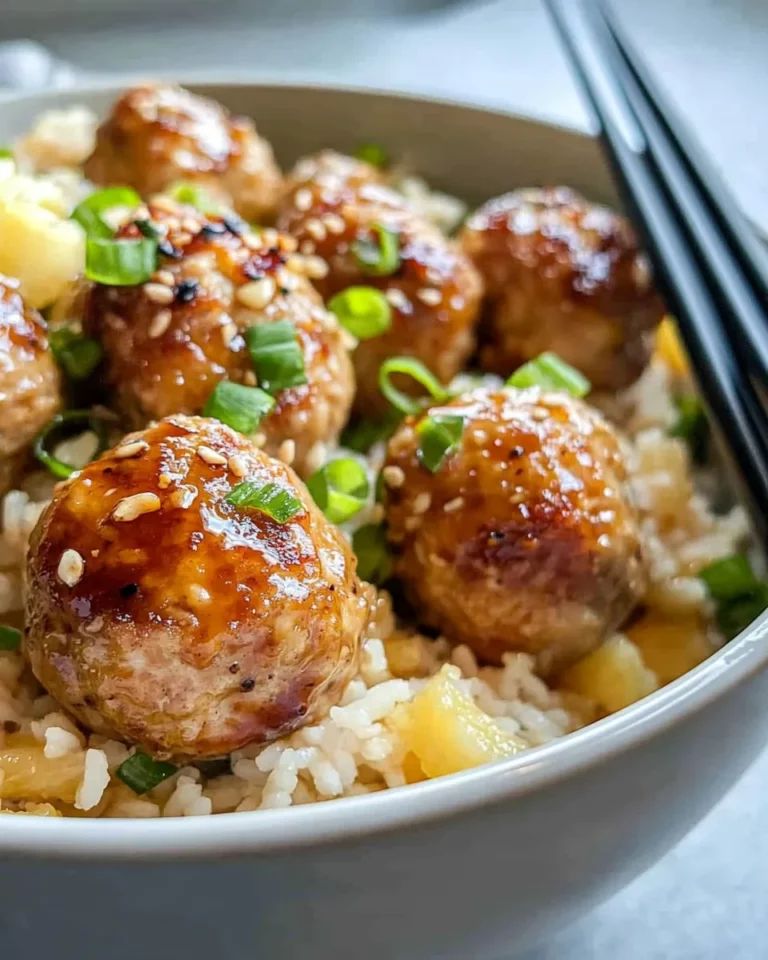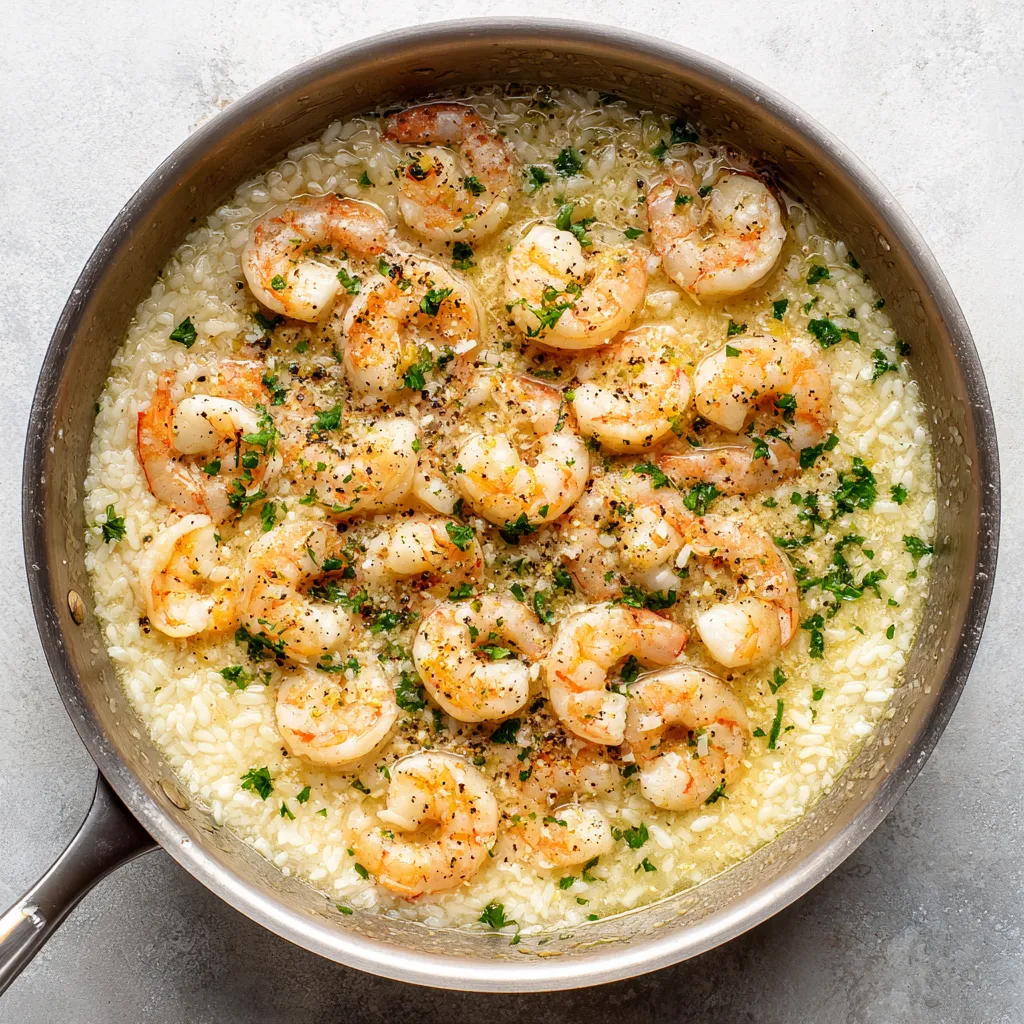
When it comes to creating delicious dishes, mastering the technique of cooking 1. In a saucepan is an essential skill every home cook should have. Whether you’re simmering sauces, gently melting ingredients, or preparing simple one-pot meals, the saucepan is your versatile kitchen companion. This article will guide you through the steps of cooking 1. In a saucepan with confidence, sharing tips, tools, and tricks to make your culinary adventures successful and enjoyable.
Why This Recipe Is Reliable

Cooking 1. In a saucepan offers consistent results because it allows for controlled heat distribution and easy stirring. The high sides of the pan prevent splatters, while the lid helps retain moisture, ensuring even cooking. This method is perfect for recipes that require gentle heat, such as melting chocolate, simmering sauces, or cooking grains and legumes. The simplicity of the technique means you’re less likely to overcook or burn your ingredients compared to other methods. Plus, it’s a one-pot process, which means fewer dishes to clean and more time to enjoy your meal!
What You’ll Gather
- 1 medium to large saucepan – preferably with a heavy bottom for even heat distribution
- Ingredients: Depending on your recipe, but here’s a basic list to get started:
- 1 cup of your choice of liquid (water, broth, or milk)
- 1 to 2 tablespoons of oil or butter (choose a neutral oil or olive oil)
- Fresh or dried herbs and spices for flavor (such as garlic, ginger, cumin, or cinnamon)
- Vegetables or proteins that suit your dish (e.g., diced tomatoes, onions, chicken breast, or lentils)
- Salt and pepper to taste
- Utensils: Wooden spoon or silicone spatula
- Measuring cups and spoons for accuracy
Before You Start: Equipment
- Saucepan: A sturdy, medium-sized saucepan with a lid is ideal for most recipes.
- Stove or cooktop: Gas or electric works well; just adjust the heat accordingly.
- Heat-resistant spatula or wooden spoon: For stirring without scratching the pan.
- Measuring tools: To ensure precise ingredient quantities for best results.
- Timer: To monitor cooking times accurately.
Cook 1. In a saucepan Like This

Step 1: Prepare Your Ingredients
Gather all your ingredients and measure them out. Chop any vegetables or proteins into uniform pieces to ensure even cooking. If you’re using dried herbs or spices, have them ready to add at the right time.
Step 2: Heat the Saucepan
Place your saucepan on the stove over medium heat. Add the oil or butter and allow it to warm up until shimmering or melted. This step ensures your ingredients won’t stick and helps release their flavors.
Step 3: Sauté Aromatics
Add onions, garlic, or ginger to the pan and sauté until fragrant and translucent, about 2 to 3 minutes. Stir frequently to prevent burning. Aromatics are the flavor base for many dishes cooked 1. In a saucepan.
Step 4: Add Proteins or Vegetables
Next, add your proteins (like diced chicken or legumes) or vegetables. Cook for several minutes, stirring occasionally, until proteins are browned and vegetables begin to soften. This builds flavor and texture.
Step 5: Incorporate Liquids and Seasonings
Pour in your chosen liquid—water, broth, or milk—along with herbs, spices, salt, and pepper. Stir everything together, scraping any bits off the bottom of the pan for extra flavor. Bring the mixture to a gentle simmer.
Step 6: Cover and Cook
Place the lid on the saucepan and reduce the heat to low. Let your dish cook slowly, allowing flavors to meld and ingredients to become tender. Cooking times will vary depending on the recipe, usually from 10 to 30 minutes.
Step 7: Finish and Serve
Remove the lid and check the texture and seasoning. Adjust salt and pepper if needed. If the mixture is too thin, you can increase the heat and cook uncovered for a few minutes to thicken. Serve hot and enjoy!
Seasonal Adaptations
- Spring: Add fresh peas, asparagus, or baby spinach towards the end of cooking for a bright, fresh flavor.
- Summer: Incorporate ripe tomatoes, zucchini, or bell peppers for a vibrant, hearty dish.
- Fall: Use root vegetables like carrots, sweet potatoes, or butternut squash to add sweetness and depth.
- Winter: Enhance warmth with warming spices such as cinnamon, nutmeg, or cloves, and add hearty greens like kale or collards.
Steer Clear of These
- Avoid using a saucepan that’s too thin or lightweight, as this can cause uneven cooking and burning.
- Don’t rush the simmering process—cooking 1. In a saucepan requires patience for flavors to develop fully.
- Be cautious not to overcrowd the pan, which can result in steaming rather than sautéing your ingredients.
- Avoid using overly high heat, which can scorch the bottom and ruin the dish.
Freezer-Friendly Notes
Many dishes prepared 1. In a saucepan freeze beautifully. Allow the food to cool completely before transferring to airtight containers or heavy-duty freezer bags. Label with the date and contents for easy identification. Most recipes will maintain their flavor and texture for up to three months in the freezer. To thaw, place the container in the refrigerator overnight and reheat gently on the stove or in the microwave. Avoid refreezing once thawed to preserve quality.
1. In a saucepan FAQs
Can I use a non-stick saucepan for cooking 1. In a saucepan?
Yes! A non-stick saucepan is excellent for this method because it prevents sticking and makes cleanup easier. Just be sure to use utensils that won’t scratch the surface, like silicone or wooden spoons.
How do I prevent food from burning when cooking 1. In a saucepan?
Use medium to low heat and stir your ingredients regularly. A heavy-bottomed pan distributes heat more evenly and reduces the risk of hot spots where food can burn.
Is it necessary to cover the saucepan while cooking?
Covering the saucepan helps retain moisture and heat, which is especially important for simmering and softening ingredients. However, if you want to reduce a sauce or thicken a mixture, cooking uncovered is preferred.
Can I adapt this technique for vegetarian or vegan diets?
Absolutely! Replace any animal proteins with plant-based alternatives like lentils, beans, tofu, or tempeh. Use vegetable broth instead of animal-based stocks, and your dish will be just as delicious and nutritious.
Our Most-Loved Recipes
- One-Pot Creamy Tomato Pasta – A comforting and quick meal made 1. In a saucepan.
- Easy Homemade Mac and Cheese – Classic comfort food cooked perfectly 1. In a saucepan.
- Simple Vegan Lentil Soup – Hearty and wholesome, made effortlessly 1. In a saucepan.
- Creamy Garlic Cauliflower Mash – A delicious low-carb side dish prepared 1. In a saucepan.
Next Steps
Now that you understand how to master cooking 1. In a saucepan, it’s time to experiment! Try your favorite soups, sauces, and one-pot meals using this versatile method. Play with different spice blends to find your signature flavor. Remember that practice makes perfect, and each time you cook 1. In a saucepan, you’ll gain confidence and new skills. Keep exploring, tasting, and enjoying the process of creating delicious homemade meals.
Cooking 1. In a saucepan is more than a technique—it’s a gateway to countless recipes and flavor combinations. Whether you’re a beginner or a seasoned cook, the trusty saucepan will be your ally in the kitchen, helping you prepare nourishing and satisfying dishes with ease. Happy cooking!
Share on Pinterest
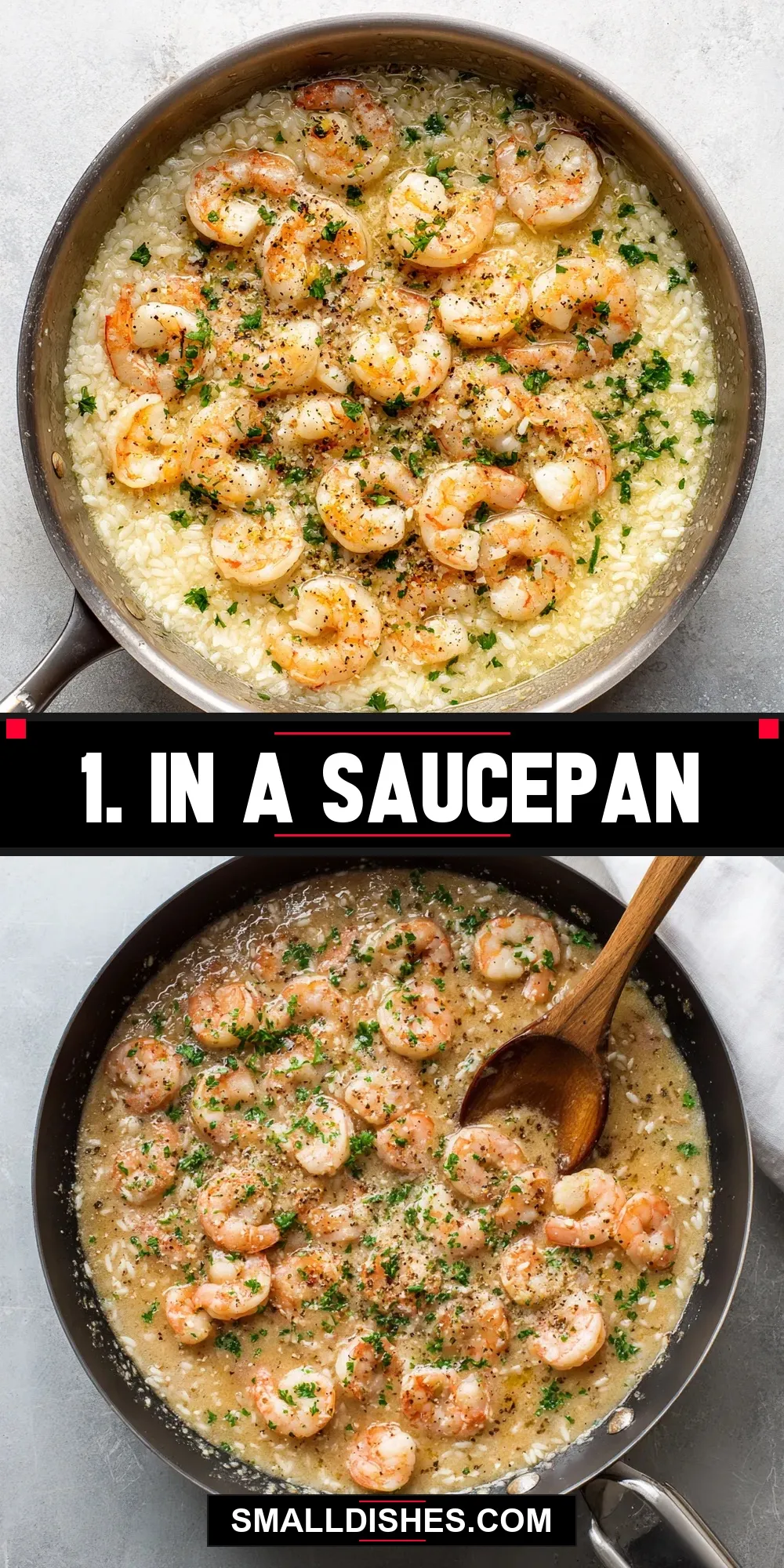

1. In a saucepan
Ingredients
Equipment
Method
- Gather all your ingredients and measure them out. Chop any vegetables or proteins into uniform pieces to ensure even cooking. If you’re using dried herbs or spices, have them ready to add at the right time.
- Place your saucepan on the stove over medium heat. Add the oil or butter and allow it to warm up until shimmering or melted to prevent sticking and release flavors.
- Add onions, garlic, or ginger to the pan and sauté until fragrant and translucent, about 2 to 3 minutes, stirring frequently to prevent burning.
- Add your proteins (like diced chicken or legumes) or vegetables. Cook for several minutes, stirring occasionally, until proteins are browned and vegetables begin to soften.
- Pour in your chosen liquid—water, broth, or milk—along with herbs, spices, salt, and pepper. Stir everything together, scraping any bits off the bottom of the pan. Bring the mixture to a gentle simmer.
- Place the lid on the saucepan and reduce the heat to low. Let your dish cook slowly, allowing flavors to meld and ingredients to become tender, usually from 10 to 30 minutes.
- Remove the lid and check the texture and seasoning. Adjust salt and pepper if needed. If the mixture is too thin, increase heat and cook uncovered for a few minutes to thicken. Serve hot and enjoy!
Notes
- Use a heavy-bottomed saucepan to ensure even heat distribution and prevent burning.
- Adjust cooking times based on the specific ingredients used, especially proteins and root vegetables.
- Many dishes cooked in a saucepan freeze well; cool completely before freezing in airtight containers.

